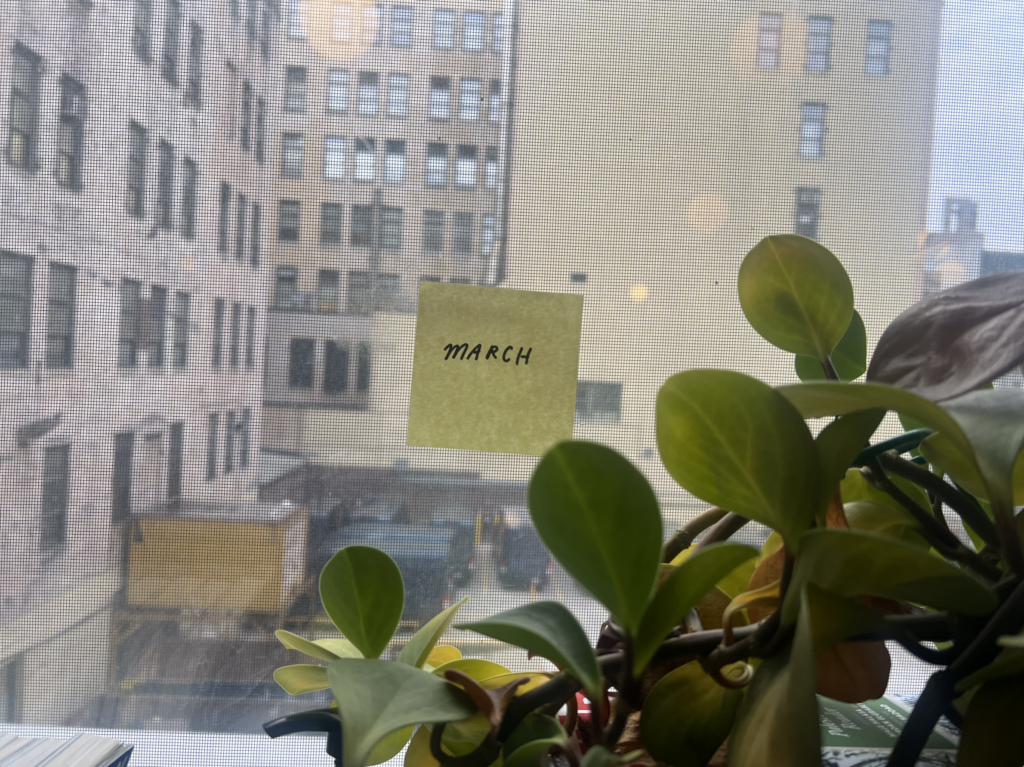Photograph of Elijah Bailey courtesy of the author; photograph of Julien Columeau by Valentina Kim; photograph of Sana R. Chaudhry by Virginia Hobbs.
We are delighted to announce that Elijah Bailey will receive this year’s George Plimpton Prize and that Julien Columeau and Sana R. Chaudhry will receive the Susannah Hunnewell Prize. The prizes will be presented at our annual Spring Revel on April 1 in New York, cochaired by Laurie and Oskar Eustis and MCed by Lena Dunham. We’ll also be honoring Anne Carson with the Hadada, our award for lifetime achievement in literature, which will be presented by Ben Whishaw. Prizewinners are selected by the editorial committee of the Review’s board of directors.
The George Plimpton Prize, awarded annually since 1993, honors our founding editor’s commitment to championing new talent by recognizing an emerging writer of exceptional merit published in the magazine during the preceding year. Previous recipients include Jesse Ball, Amie Barrodale, Emma Cline, Isabella Hammad, Yiyun Li, and Ottessa Moshfegh.
Elijah Bailey’s story “Social Promotion,” published in issue no. 247 (Spring 2024), follows a girl who performs in an original, half-improvised school play written for her Great Black Women of History class. Bailey was a John and Renée Grisham Fellow in fiction at the University of Mississippi. The Review’s publisher, Mona Simpson, writes:
“Social Promotion” by Elijah Bailey is laugh-out-loud funny, narrated by Derajanae in a voice full of comedy, pathos, and joy. She is at an awards ceremony at a “last-chance alternative school” in a former office space with “one of them spinning doors you can trap people in,” sitting behind her teacher who makes “a bigger deal out of everything than it is” and next to her mother and baby sister, Racey, who wears a onesie with cars on it. Derajanae has written a play to be performed at the ceremony, but first she has to listen to a boy who can’t read call out the names of the winners. “Sound it out,” she thinks. “Guess better.” He has yet to say her name.
Derajanae got kicked out of her last school “for fighting too good,” and she’s due at the park for a fight right now—but first she has to star in her play as Sojourner Truth. “Me and Miss Marie had to compromise on the play,” she says. “She ain’t want no foul language and no making light of violence. During rehearsal she kept pecking at it and pecking at it until it was only kind of mine.” We watch the play unfold as a raucous farce; naturally, Derajanae manages to make it more hers. During the applause, she thinks, “I had done something big and good, and my ears were burning hot.” But the story isn’t over yet. Keeping the reader in what feels like a gentle suspense until the end, Bailey has the last word, a surprise that resonates in layers—it’s first funny, then more and more profound.
Copyright
© The Paris Review



















